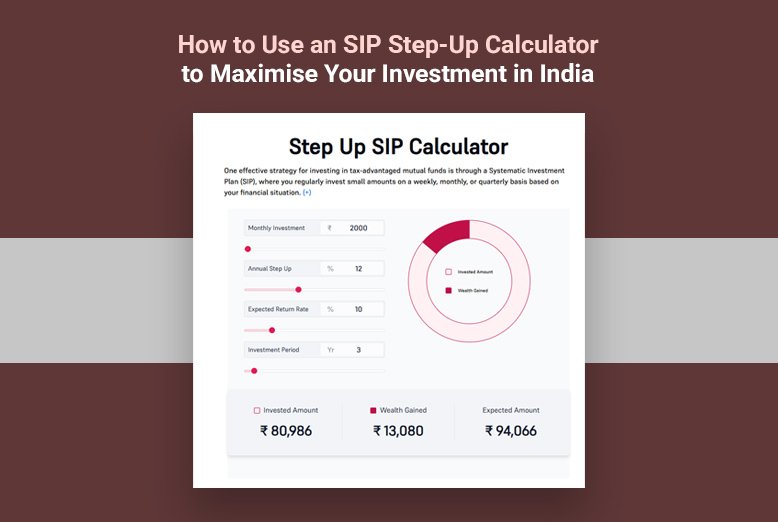In today’s complex and interconnected world, cultural insight is not a “nice-to-have” — it is a strategic imperative. As businesses navigate increasingly diverse markets, stakeholder expectations, and societal responsibilities, understanding and respecting cultural perspectives is not just good ethics — it’s good business.
This is especially true in Australia, where acknowledging and engaging with Aboriginal and Torres Strait Islander cultures plays a vital role in building meaningful, future-facing organisational strategies. In this article, we explore how deep cultural understanding can lead to better planning, stronger stakeholder relationships, and more sustainable growth.
Why Cultural Understanding Matters More Than Ever
Global and local events have brought diversity and inclusion into sharper focus, especially in Australia, where the role of First Nations cultures is central to building more inclusive workplaces. Cultural insight helps organisations move beyond assumptions, uncover hidden barriers, and make more ethical, informed decisions. For government, business, and education sectors, it’s become a key part of public accountability and reputation.
The Australian Public Service Commission (APSC) is leading by example, working to embed diversity and inclusion into the everyday culture of the public service. With over 70% of employees from diverse backgrounds reporting support for inclusive practices, the APS is making progress, while recognising there’s still room to grow. This reflects a broader shift toward respectful, culturally aware leadership that values all perspectives.
Moving from Cultural Awareness to Cultural Integration
Many organisations already engage in cultural awareness training, but too often, this remains a tick-box exercise. Cultural insight goes a step further — it is about integrating cultural knowledge into how organisations operate on a structural level.
This means shifting from passive recognition to active inclusion. It requires collaboration with Indigenous communities and leaders to ensure that cultural values are not just acknowledged but embedded into the organisation’s planning frameworks, service delivery models, and internal culture.
Such integration results in policies and practices that are not only more inclusive but also more effective. Teams that are culturally informed are better at engaging with diverse populations, managing sensitive projects, and leading with authenticity.
The Role of Cultural Insight in Strategic Planning
Strategic planning without cultural insight risks missing the mark — or worse, causing harm. Whether it’s a national education campaign, a workplace recruitment drive, or a large-scale infrastructure project, failing to consider cultural dimensions can lead to reduced engagement, reputational damage, or program failure.
On the flip side, cultural insight can be a powerful differentiator. Organisations that incorporate Indigenous perspectives during the planning phase gain access to unique knowledge systems, traditional ecological wisdom, and innovative approaches to community engagement. This adds a layer of depth and relevance that cannot be manufactured.
Furthermore, culturally aligned planning enables organisations to respond with sensitivity and agility to societal shifts. In a business environment where agility is key, this offers a tangible strategic advantage.
From Planning to Impact: Measuring the Difference
When done well, culturally informed planning yields tangible outcomes. These include:
- Greater community trust and improved relationships with Indigenous stakeholders.
- Increased employee engagement, particularly among First Nations staff.
- Enhanced organisational reputation and alignment with public values.
- Better performance in ESG (Environmental, Social, Governance) metrics.
Crucially, the benefits extend beyond compliance. They create a ripple effect that influences organisational culture, stakeholder partnerships, and long-term impact.
However, cultural insight is not a one-off achievement. It requires ongoing learning, reflection, and partnerships. Organisations must be willing to invest in training, consultation, and co-design practices that centre Indigenous voices.
Aligning Planning with Purpose
Incorporating cultural perspectives into business planning is ultimately about aligning strategy with purpose. For Australian organisations, this means recognising the value of Indigenous knowledge, heritage, and leadership in shaping our shared future.
One of the most effective ways to operationalise this is through the development of a Reconciliation Action Plan (RAP). A well-crafted RAP provides a structured approach to advancing reconciliation in the workplace and beyond. It sets out actions, responsibilities, and timelines — all rooted in meaningful consultation with Aboriginal and Torres Strait Islander stakeholders.
For institutions seeking a credible, strategic path forward, partnering with a trusted reconciliation action plan consultancy can provide the guidance and expertise necessary to ensure that their RAP delivers impact, not just intention.
Re-evaluating The Meaning of Leadership
In a time where businesses are re-evaluating what responsibility and leadership mean, cultural insight has emerged as a cornerstone of smarter, more effective planning. It transforms not just how we plan, but why we plan — reconnecting business objectives with human values and societal progress.
By embedding cultural understanding into strategic thinking, Australian organisations have the opportunity to lead with purpose, navigate complexity with confidence, and contribute meaningfully to reconciliation. In doing so, they not only strengthen their operations — they help shape a more inclusive future for all.
Also Read: Optimising Project Management: The Role of Collaborative Platforms in Modern Business














